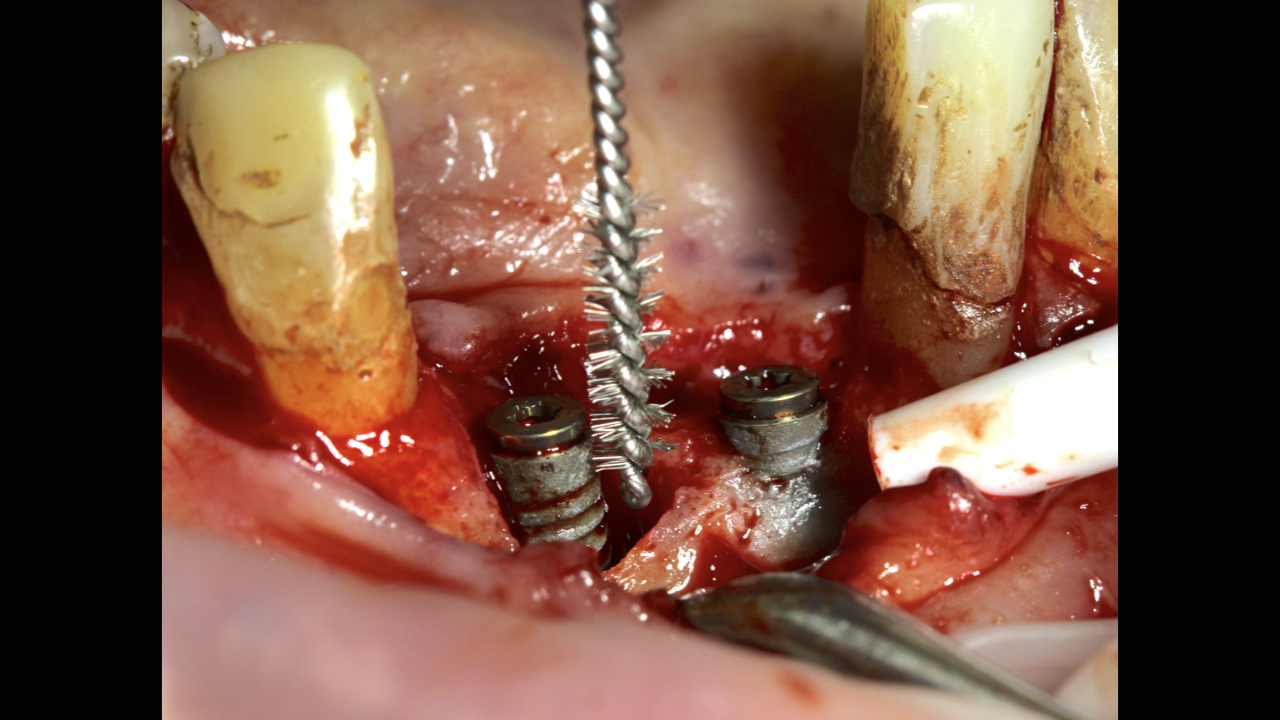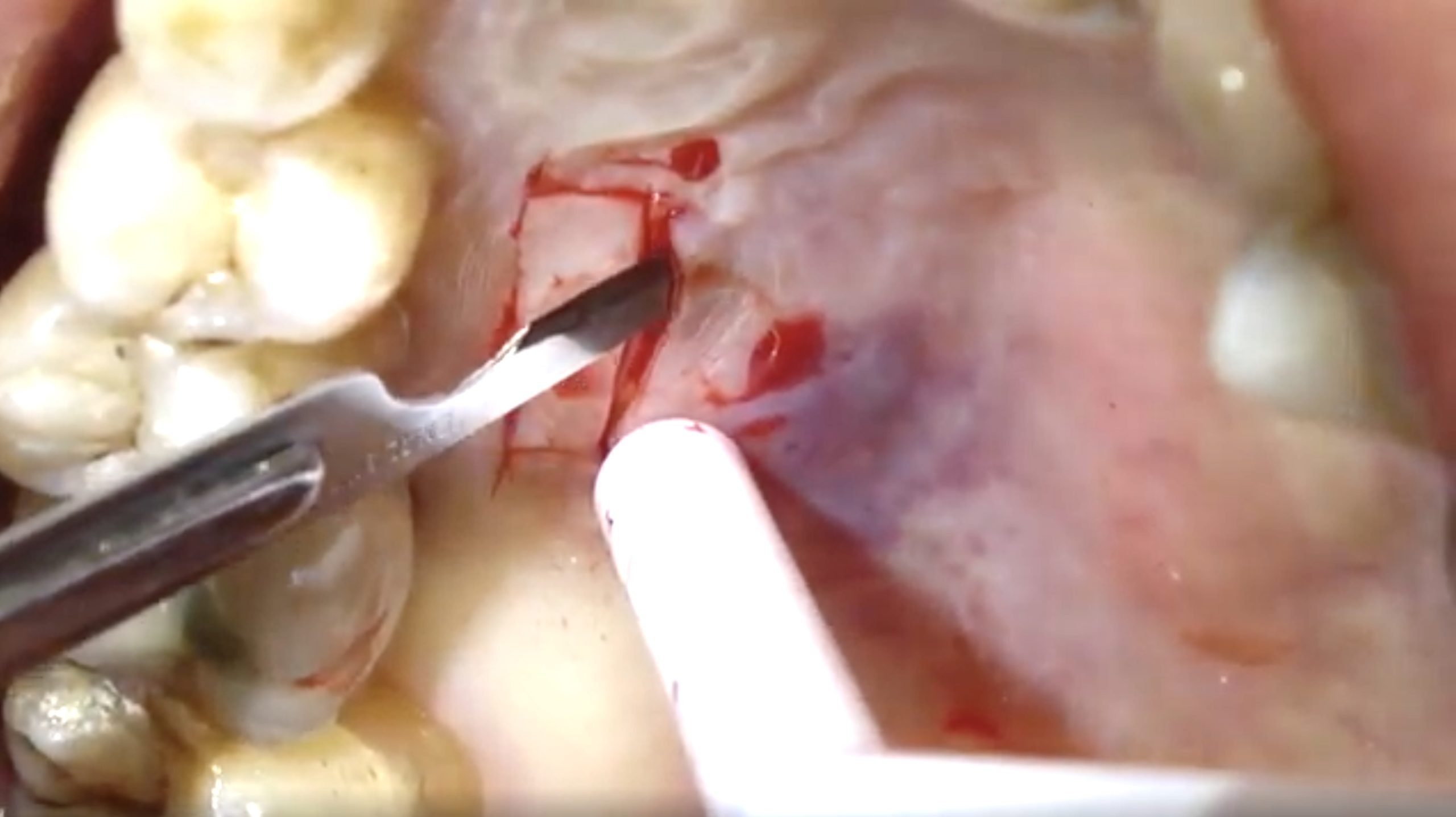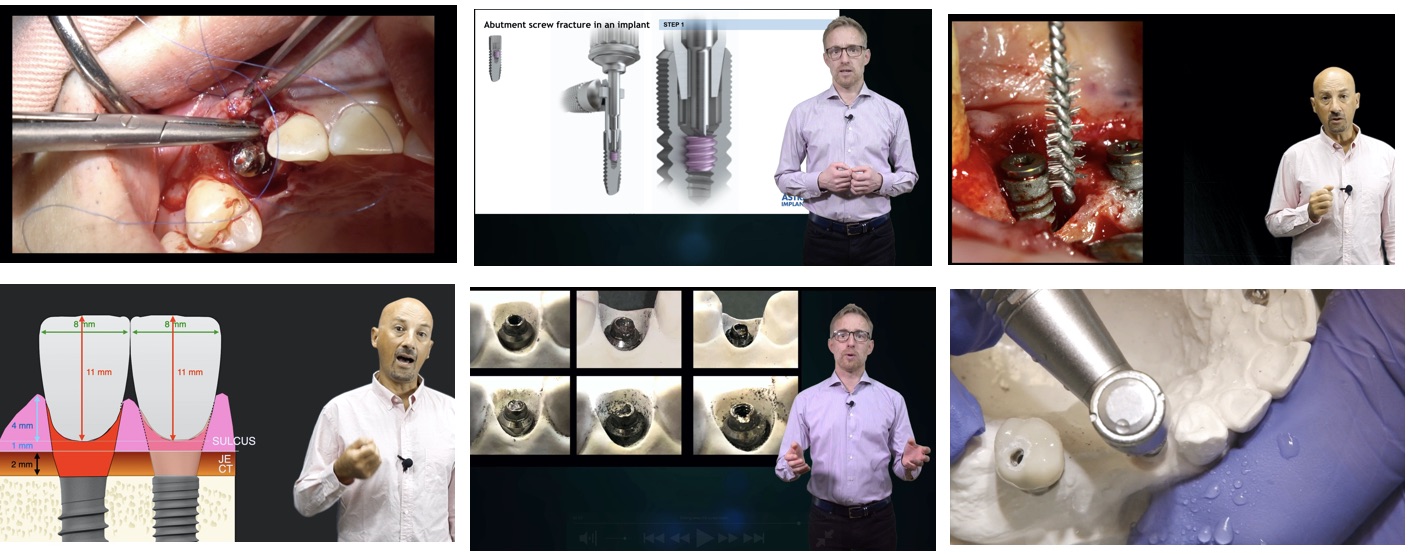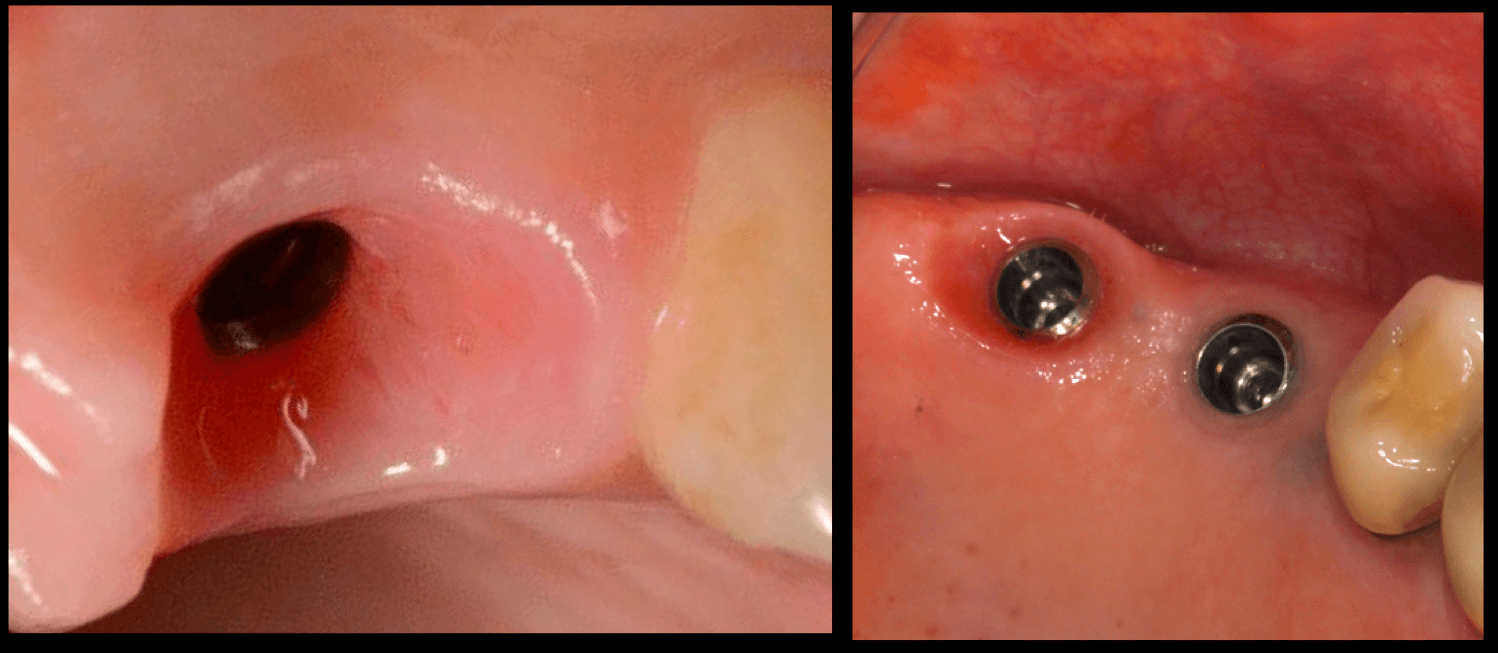Mechanical disinfection of implants: Tips and Tricks!
Mechanical disinfection remains the cornerstone of the management of Peri-implantitis. But do we best achieve our goals? From simply rinsing with saline and rubbing with a gauze to a whole Er:Yag Lazer, there is a whole spectrum of techniques and devices that seem to achieve comparable results. How do we choose and where do we strike the best balance?
Read below for some clinical “tips and tricks” to help you make the most of each approach! In this article, we discuss plastic, carbon fibre and titanium curettes, ultrasonic and piezoelectric tips, titanium brushes and Labrida brush.









